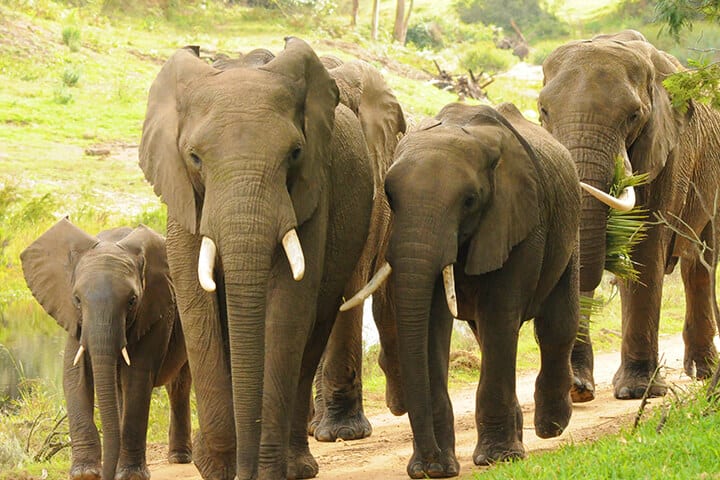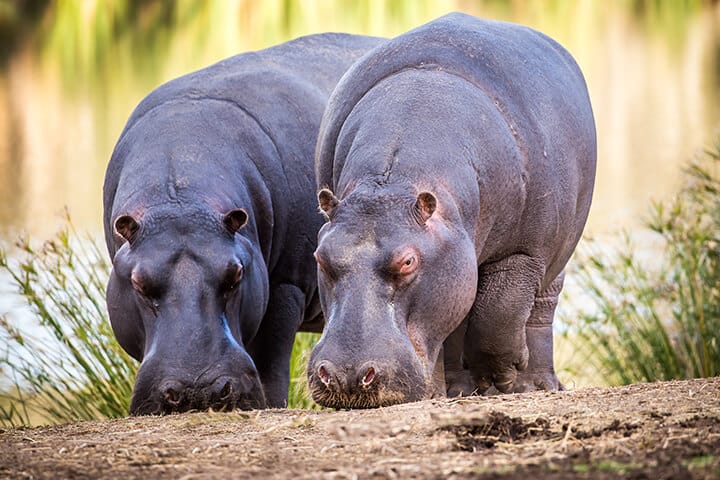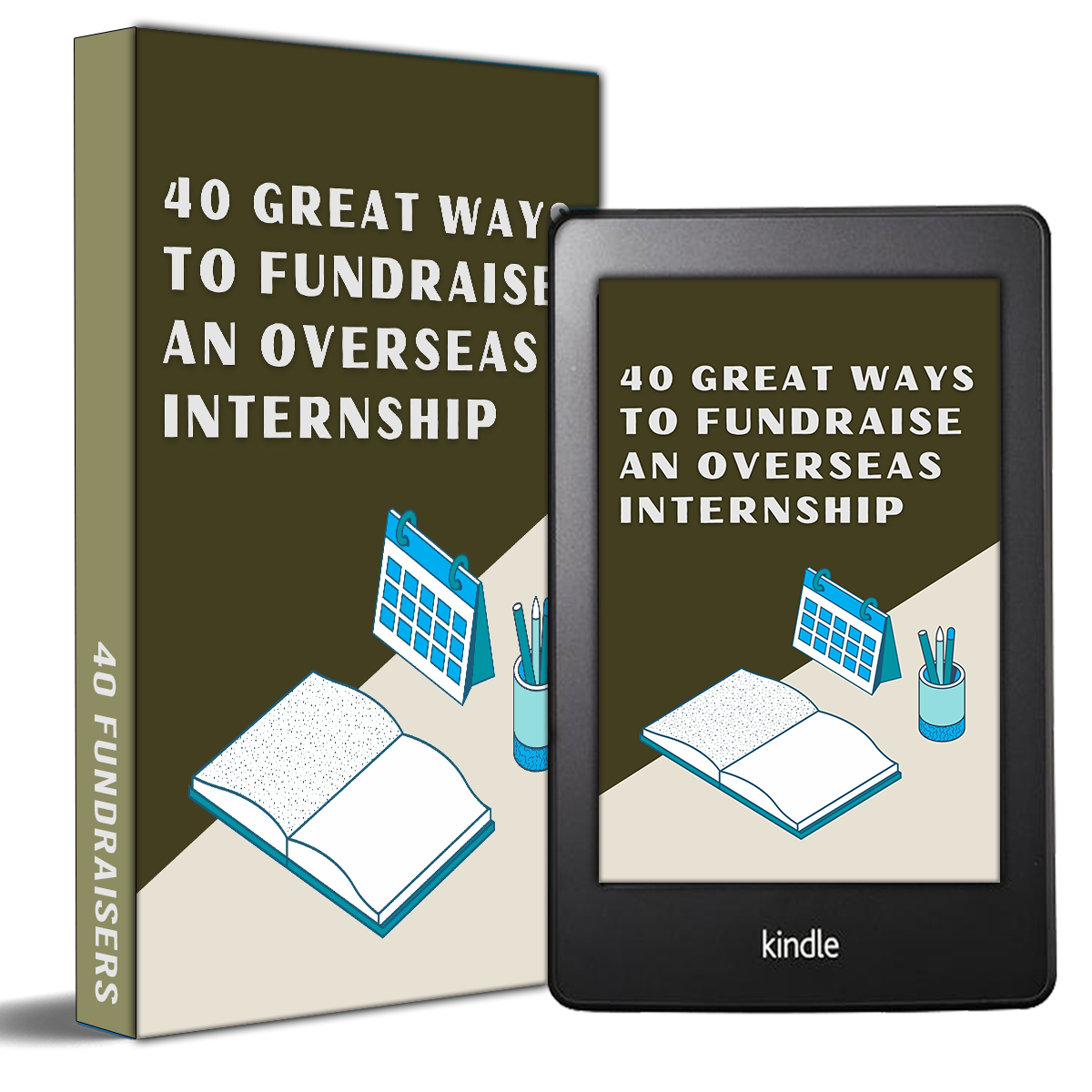
Picking the perfect title: 8 simple journalism rules
David Ogilvy once said that the headline is the most important part of any article. It determines whether your reader will be roped into the rest of your piece or not.
He was right. The headline is the first meeting the reader has with an article; it is what jumps at the reader and shortly informs them what the article is about. If the headline does not peak the reader’s interest, they will not even bother with the rest of the article. Here are some tips on picking the perfect title.


Know your subject
You cannot start picking the perfect title if you have not read through the article properly, highlighting the most important facts or themes. The headline must reflect the most important element of the article. It should be creative, easy to read and, most importantly, accurate and not misleading.
Short, punchy headlines are more successful than long-winded ones
Grab the reader by using strong verbs and writing in the active voice. Writing in the active voice will also decrease the amount of words in the headline, place important information at the beginning of the sentence and make it easier to read. Take, for example:
“Lion attacks infant” vs. “Young child attacked by lion”
The first headline is stronger, shorter and easier to read. The first word, “lion”, will attract the reader faster than “young”. Writing in the active voice will coerce you to put the most important information first.
Write in the present tense
Even if the event has already happened, the present tense lends a sense of temporal proximity to the article, making it more newsworthy. It also helps to shorten the headline as future and past particles add unnecessary length to the headline.
If the event you are reporting on has yet to occur, use the infinitive verb to indicate future tense, for example:
“SANParks to review rhino commission”
Look at length
The length of your headline hinges on the length of your article. A short article (350 to 500 words) should have a short headline, no more than five words. A longer feature can have a headline of about eight words. Avoid unnecessary adverbs and adjectives, unless it is crucial to the story. They just make the headline cluttered and clumsy.


Download FREE eBook featuring 40 proven fundraising techniques to finance your next overseas experiential adventure

Numbers stand out from words
Using numbers at the beginning of the headline attracts the reader’s eye, are easier to read than words, and helps to shorten the headline:
“3 die in car crash” vs. “Three die in car crash”
Do not capitalize every word
New journalists often make this mistake when writing headlines. Only proper nouns and words at the beginning of a sentence are capitalized.
“Zuma to stand trial” vs. “Zuma To Stand Trial”
Acronyms are capitalized, like ‘ABSA’ or ‘SARS’.
Drop the full stop
Punctuating a headline can be confusing, though it needn’t be. A headline never has a full stop, unless it is after an abbreviation. Commas are sometimes used to replace the word ‘and’ to shorten the headline, for example,
“Mother, child held at gunpoint” vs. “Mother and child held at gunpoint”.
A semi-colon, instead of a full stop, is used to separate two thoughts“
Leopard numbers plummet; sheep farmers blamed”
Be wary of exclamation marks in a headline. Avoid them, unless they are necessary and part of a direct quote.
Quoting is believing
Using relevant and important quotes in your headline not only gives it credibility, but it also holds the potential to stun your readers and makes them curious about the context of the utterance. If you are using a quote, always use single instead of double quotation marks
Bush: ‘This is war!’
An attention-grabbing headline is crucial. Writing one is an art. But if journalists follow these simple rules, they can master the art of picking the perfect title and get the reader to at least lower their gaze to the first paragraph.
Blogger Profile - Marinette Potgieter
Marinette hails from Stellenbosch University, where she finished her degree in Journalism with honours. During her time at university she was Arts and Social Editor of Die Matie Student newspaper and also managed various music and art blogs. During 2014, she assisted aspiring writers who participated in the Environmental Journalism and Travel Writing Internship towards reaching their full potential.
Kickstart your wildlife media career!
Find your perfect wildlife media speciality program





